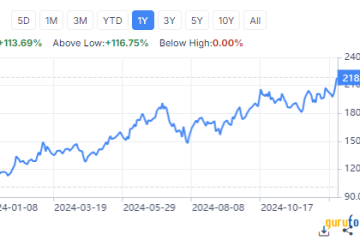Understanding the Importance and Trends of the USD

Introduction
The United States Dollar (USD) is not only the official currency of the United States but also the most widely used currency in international transactions. Its dominance in global finance and trade makes it an essential topic for economists, investors, and the average consumer alike. Recent fluctuations in the value of the USD have raised questions regarding the future of the currency and its implications for the economy.
The Current State of the USD
As of late 2023, the USD has seen various challenges and strengths that shape its value on the global market. Amidst rising inflation and shifts in monetary policy from the U.S. Federal Reserve, the dollar has experienced notable volatility. For instance, in recent months, the USD has appreciated against several major currencies, a trend that can be attributed to increased interest rates aimed at curbing inflation.
According to the Federal Reserve, raising interest rates is meant to strengthen the dollar by offering better returns on investments denominated in USD. This approach has not only impacted foreign exchange rates but also influenced global commodity prices, as many are priced in USD. Increased value of the dollar can often make commodities like oil more expensive for foreign buyers, potentially reducing demand.
Global Implications
The strength of the USD is a double-edged sword for both the U.S. economy and global markets. For U.S. consumers, a strong dollar means cheaper imports and lower inflationary pressure. However, it can hinder export competitiveness, as U.S. goods become more expensive for foreign markets. The current bullish trends in the USD can lead to trade imbalances if not balanced by export growth.
Additionally, emerging economies heavily reliant on dollar-denominated debt may face challenges as the USD continues to strengthen. Higher dollar costs can lead to increased repayment burdens, affecting their economies’ stability and growth prospects. Investors in international markets should keep a close eye on these dynamics, as fluctuations in the USD directly impact equity and bond markets globally.
Conclusion
Looking ahead, the future of the USD remains uncertain. Factors such as U.S. monetary policy, geopolitical tensions, and global economic recovery will be crucial in determining its trajectory. Investors and consumers alike should stay informed and prepared for the potential consequences of changes in USD valuations. Continued monitoring of these trends will be essential for understanding their significance both at home and abroad. As the world’s primary reserve currency, the USD’s fluctuations carry weight beyond borders, making its stability a key focus for global finance.









